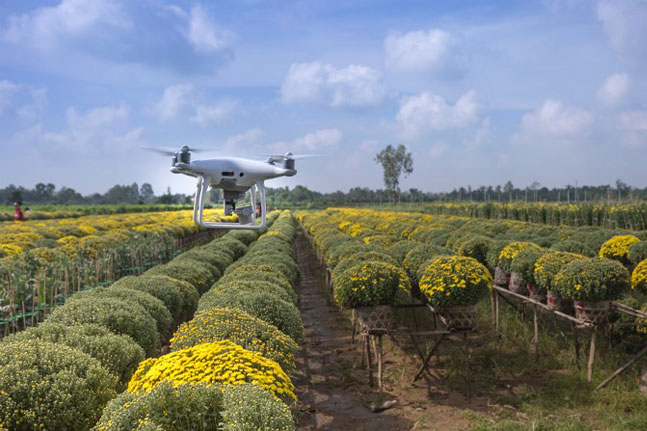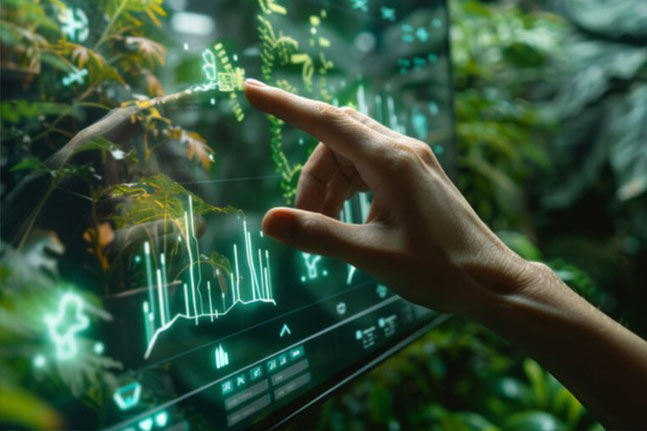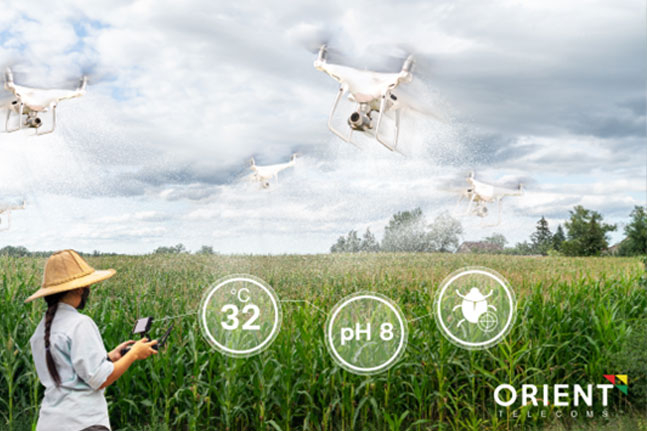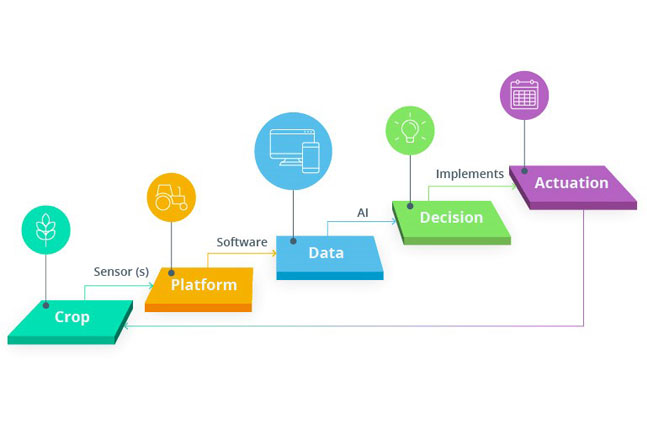
How Artificial Intelligence can be useful in agriculture?
May 5, 2022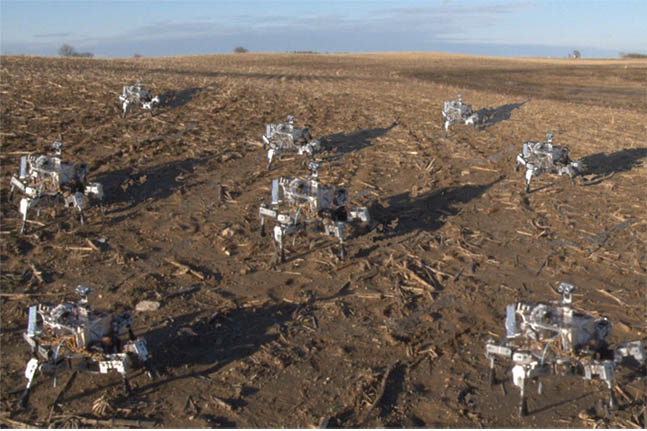
AI IN AGRICULTURE: COMPUTER VISION AND ROBOTS ARE BEING USED FOR HIGHER EFFICIENCY
August 1, 2022As we’ve mentioned, AI can’t exist without other technologies already in place such as big data, sensors, and software. Likewise, other technologies need AI for them to function properly. For example, in the case of big data, the data itself is not particularly useful. What actually matters is how it’s processed and whether it’s relevant.
The time, the place, and the selection criteria all determine whether AI recommendations based on a set of data are going to be helpful. That’s why it’s also important to have good data engineers and data analysts to make AI technology work. Let’s talk about the uses of artificial intelligence in farming in more detail.
Big data for informed decision-making
The real goal of producing and collecting data is putting it to use. In farming, data analytics can result in massive productivity increases and significant cost savings. By combining AI with big data, farmers can get valid recommendations based on well-sorted real-time information on crop needs. This, in turn, will take away the guesswork and enable more precise farming practices such as irrigation, fertilizing, crop protection, and harvesting.
IoT sensors for capturing and analyzing data
Farmers can use IoT sensors and other supporting technology (e.g. drones, GIS, and other tools) to monitor, measure, and store data from fields on a variety of metrics in real time. By combining AI farming tools with IoT devices and software, farmers can get more accurate information faster. Better data means better decisions and less time and money spent on trial and error.
Automation and robotics for minimizing manual work
Artificial intelligence combined with autonomous tractors and IoT can solve one of the most common problems in farming: a shortage of labor. These technologies are also potentially cost-effective because they’re more accurate and thus reduce errors. Taken together, AI, autonomous tractors, and IoT are the key to precision agriculture.
Another less common but rapidly growing technology is robotics. Agricultural robots are already being used for manual work, such as picking fruits and vegetables and thinning lettuce. The advantages of robots over farmworkers are considerable. They can work longer, are more precise, and are less prone to error.


